Currently Empty: $0.00
Understanding the Key Differences Between NLP & Machine Learning

Introduction:
In the realm of artificial intelligence (AI), two prominent subfields often mentioned are Natural Language Processing (NLP) and Machine Learning (ML). While they both play crucial roles in AI development, it’s essential to understand their differences and how they contribute to various applications. This blog aims to delve into the distinctions between NLP and ML, exploring their definitions, techniques, applications, and real-world examples.
1. What is Natural Language Processing (NLP)?
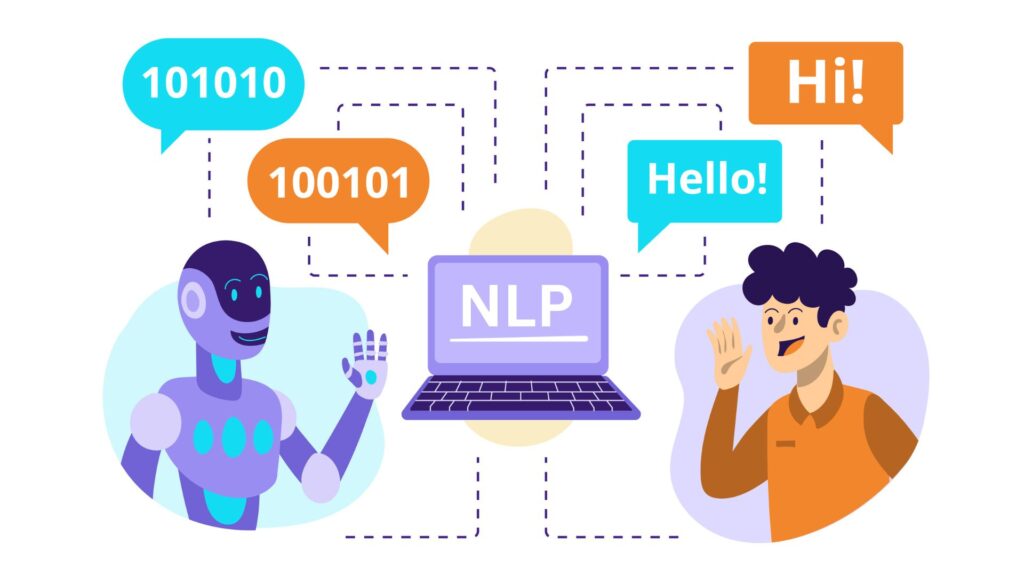
Natural Language Processing (NLP) is a branch of AI that focuses on enabling computers to understand, interpret, and generate human language in a meaningful and contextually relevant manner. Key points include:
– NLP tasks involve processing text data, speech, and other forms of natural language input.
– Techniques used in NLP include parsing, sentiment analysis, named entity recognition, language translation, and text summarization.
– NLP applications span across diverse fields such as chatbots, virtual assistants, sentiment analysis for social media, language translation services, and information retrieval systems.
2. What is Machine Learning (ML)?
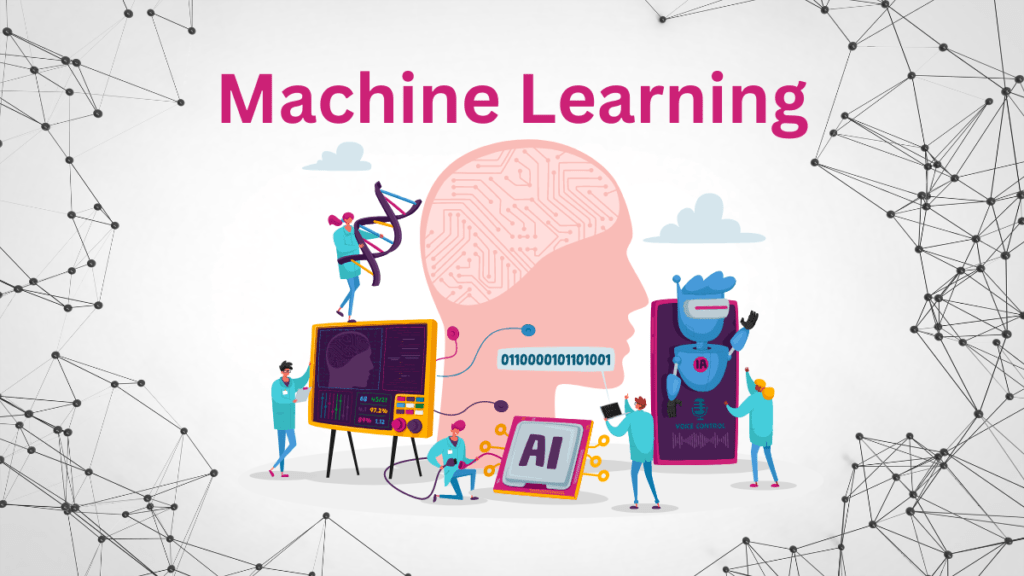
Machine Learning (ML) is a broader field within AI that revolves around developing algorithms and models that allow computers to learn from data, identify patterns, and make decisions without being explicitly programmed. Key points include:
- ML algorithms learn from historical data to make predictions or decisions without being explicitly programmed for specific tasks.
- ML techniques include supervised learning, unsupervised learning, reinforcement learning, and deep learning.
- ML applications are widespread across industries, including healthcare (medical diagnosis), finance (fraud detection), e-commerce (recommendation systems), autonomous vehicles (object detection), and manufacturing (predictive maintenance).
3. Techniques and Approaches:
NLP Techniques:
- Statistical Methods: Statistical techniques involve the use of probabilistic models to analyze and process natural language data. These methods rely on statistical inference to identify patterns, relationships, and trends within textual data. Common statistical techniques in NLP include n-gram modeling, probabilistic context-free grammars (PCFGs), and hidden Markov models (HMMs).
- Rule-Based Systems: Rule-based systems utilize predefined rules, patterns, and linguistic heuristics to interpret and process human language data. These rules are typically crafted by linguists or domain experts and are applied to parse, categorize, and extract information from textual inputs. Rule-based NLP systems are often employed in tasks such as text parsing, information extraction, and syntactic analysis.
- Deep Learning Models: Deep learning techniques, particularly neural networks, have revolutionized NLP by enabling the development of sophisticated models that can learn hierarchical representations of textual data. Deep learning models, such as recurrent neural networks (RNNs), convolutional neural networks (CNNs), and transformer-based architectures like BERT and GPT, excel at capturing complex linguistic patterns and semantic relationships within textual inputs. These models are trained on large-scale text corpora and can perform tasks such as sentiment analysis, language translation, text generation, and question answering.
ML Techniques:
- Supervised Learning: Supervised learning is a paradigm of ML where models are trained on labeled datasets, where each input is associated with a corresponding output or target. Supervised learning algorithms learn to map input features to output labels by minimizing a predefined loss function. Common supervised learning techniques include linear regression, logistic regression, decision trees, support vector machines (SVM), and neural networks. Supervised learning is used in various ML applications, including classification, regression, and sequence labeling tasks.
- Unsupervised Learning: Unsupervised learning involves training models on unlabeled datasets, where the objective is to discover underlying patterns, structures, or clusters within the data. Unsupervised learning algorithms learn to extract meaningful representations of the input data without explicit supervision. Clustering algorithms like k-means, hierarchical clustering, and density-based clustering are examples of unsupervised learning techniques used for data segmentation and pattern recognition. c. Reinforcement Learning: Reinforcement learning (RL) is a branch of ML concerned with training agents to make sequential decisions in an environment to maximize cumulative rewards. RL algorithms learn through trial and error by interacting with the environment and receiving feedback in the form of rewards or penalties. Techniques such as Q-learning, deep Q-networks (DQN), policy gradients, and actor-critic methods are commonly used in reinforcement learning. RL finds applications in dynamic decision-making scenarios, such as game playing, robotics, autonomous driving, and resource allocation.
4. Applications and Use Cases:
Applications and use cases of Natural Language Processing (NLP) and Machine Learning (ML) span a wide range of industries and domains, showcasing the versatility and impact of these technologies. Let’s explore some notable applications and use cases:
Natural Language Processing (NLP):
-
-
- Sentiment Analysis: NLP techniques are employed to analyze text data from social media, customer reviews, and surveys to determine sentiment polarity (positive, negative, neutral). This application is widely used in market research, brand monitoring, and customer feedback analysis.
- Language Translation: NLP-powered language translation systems enable the automatic translation of text between different languages. These systems utilize machine learning algorithms, neural machine translation models, and large bilingual corpora to achieve accurate and fluent translations.
- Information Extraction: NLP techniques are used to extract structured information from unstructured text data, such as named entities (e.g., persons, organizations, locations), relationships, and events. Information extraction finds applications in data mining, content summarization, and knowledge graph construction. d. Chatbots and Virtual Assistants: NLP-based chatbots and virtual assistants interact with users in natural language, understanding queries, providing information, and executing tasks. These AI-powered conversational agents are used in customer service, healthcare, education, and other domains to deliver personalized assistance and support.
- Text Summarization: NLP algorithms automatically generate concise summaries of lengthy text documents or articles, preserving key information and reducing redundancy. Text summarization is useful for digesting large volumes of information quickly and efficiently.
- Speech Recognition: NLP techniques enable the conversion of spoken language into text, known as speech recognition or speech-to-text conversion. Speech recognition systems transcribe audio inputs from voice commands, dictation, or conversations into written text, facilitating hands-free interaction with devices and applications.
-
Machine Learning (ML):
-
-
- Predictive Analytics: ML algorithms are utilized to analyze historical data and make predictions or forecasts about future events or trends. Predictive analytics is applied in various domains, including finance (credit scoring, stock market forecasting), healthcare (disease diagnosis, patient prognosis), and marketing (customer segmentation, churn prediction).
- Image Recognition: ML models are trained to recognize and classify objects, patterns, and features within digital images. Image recognition systems are used in autonomous vehicles, surveillance systems, medical imaging, and facial recognition applications.
- Recommendation Systems: ML-powered recommendation engines analyze user preferences, behaviors, and interactions to generate personalized recommendations for products, services, or content. Recommendation systems are employed in e-commerce platforms, streaming services, social media platforms, and news websites.
- Anomaly Detection: ML algorithms identify anomalous patterns or outliers within datasets that deviate from normal behavior. Anomaly detection is utilized in fraud detection, cybersecurity, predictive maintenance, and quality control to detect unusual events or abnormalities.
- Autonomous Vehicles: ML algorithms enable autonomous vehicles to perceive their environment, make decisions, and navigate safely without human intervention. ML techniques such as computer vision, sensor fusion, and reinforcement learning are employed in self-driving cars, drones, and robotics.
-
These are just a few examples of the diverse applications and use cases of NLP and ML technologies, demonstrating their transformative potential across industries and domains. As advancements in AI continue to accelerate, we can expect to see even more innovative applications and solutions leveraging these powerful technologies.
5. Real-World Examples:
Natural Language Processing (NLP):
-
-
- Google Translate: Google Translate is a widely used online translation service that employs NLP techniques to translate text between different languages. It utilizes machine learning algorithms and large multilingual datasets to achieve accurate and contextually relevant translations.
- Amazon Alexa: Amazon Alexa is a voice-controlled virtual assistant that utilizes NLP to understand user commands, answer questions, and perform tasks. By processing natural language input, Alexa can control smart home devices, provide weather updates, play music, and more.
- Grammarly: Grammarly is an AI-powered writing assistant that uses NLP algorithms to analyze and improve written text. It provides real-time feedback on grammar, spelling, punctuation, and style errors, helping users enhance the clarity and effectiveness of their writing.
-
Machine Learning (ML):
-
-
- Netflix Recommendation System: Netflix employs ML algorithms to personalize content recommendations for its users based on their viewing history, preferences, and behavior. By analyzing data on past viewing patterns and user interactions, Netflix’s recommendation system suggests movies and TV shows that are likely to be of interest to each individual user.
- Tesla Autopilot: Tesla’s Autopilot system utilizes ML techniques, such as computer vision and deep learning, to enable semi-autonomous driving capabilities in Tesla vehicles. By processing data from cameras, radar, and ultrasonic sensors, Autopilot can detect lane markings, traffic signs, and other vehicles, allowing for features like adaptive cruise control and lane-keeping assistance.
- Medical Diagnosis with IBM Watson: IBM Watson Health applies ML algorithms to analyze medical data, such as patient records, lab results, and research literature, to assist healthcare professionals in diagnosis and treatment planning. By identifying patterns and correlations in healthcare data, Watson helps clinicians make more informed decisions and improve patient outcomes.
-
These real-world examples illustrate the practical applications of NLP and ML technologies in various domains, ranging from language translation and virtual assistants to recommendation systems and autonomous vehicles. As these technologies continue to evolve and mature, we can expect to see even more innovative and impactful use cases emerge across different industries.
Conclusion:
In conclusion, while Natural Language Processing (NLP) focuses on processing and understanding human language, Machine Learning (ML) is a broader field concerned with developing algorithms that can learn from data and make predictions or decisions across diverse domains. Both NLP and ML play crucial roles in advancing AI technologies and finding applications in various industries, ultimately contributing to the development of intelligent systems that enhance human experiences and capabilities.


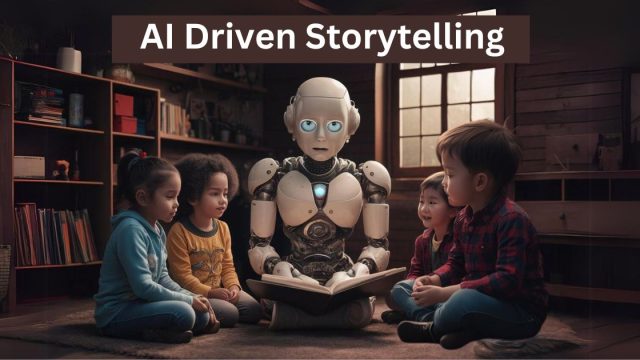
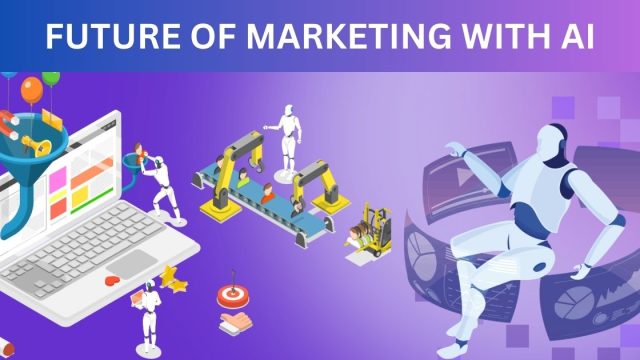
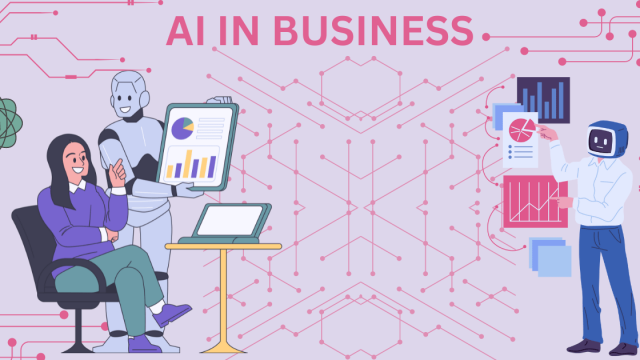
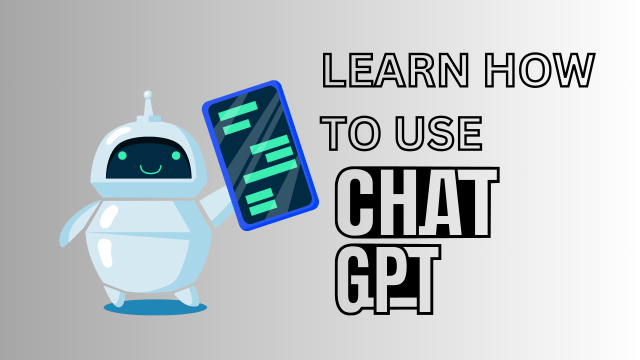
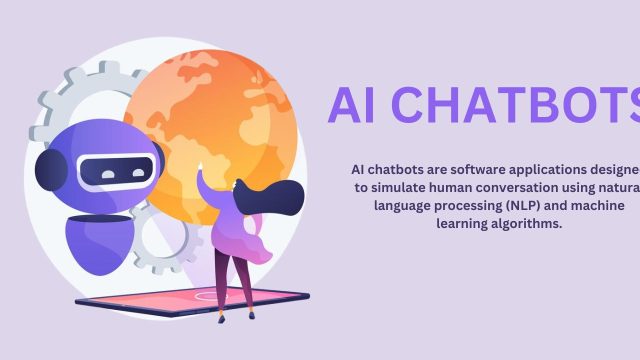

Comments are closed.